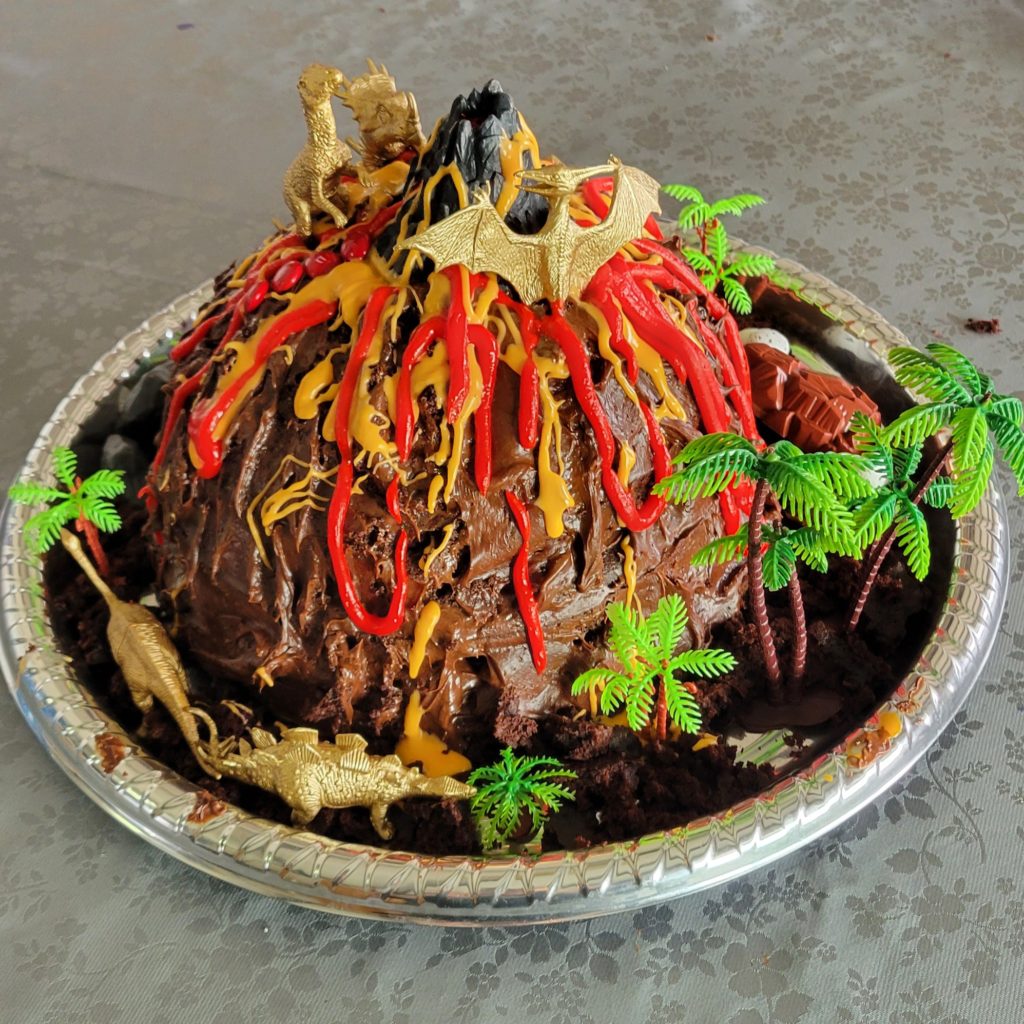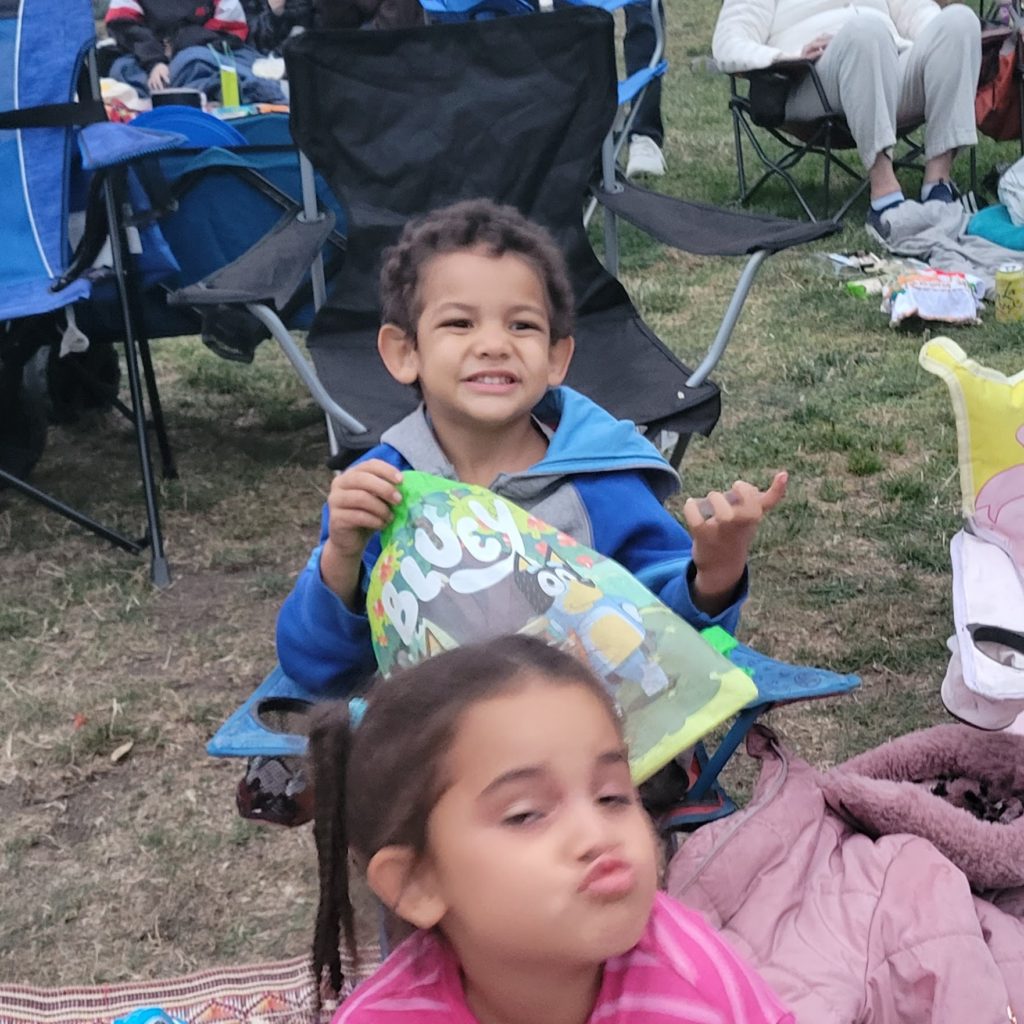I recently “graduated” from a round of therapy in which my therapist used Cognitive Behavioral Therapy (CBT) to provide practical tools to help me address anxieties that come in daily life. There were three specific scenarios that we worked on: driving, shopping, and losing my temper with my kids. I had specific assignments each week including videos, journal entries, and exposure practice. Much of the therapy came down to recognizing the presence of my anxiety, acknowledging it, and then changing the thinking pattern that the anxiety created.
During my first session, the therapist told me that she usually sees patients for 8-12 weeks. My first thought was: I’m willing to give anything a try, but I think it’s going to take much longer than 3 months to work through the way anxiety can control my life, especially in these three particular areas. I was amazed to discover that eight weeks later I had a grasp on a variety of new skills that helped me navigate situations I found challenging.
We picked these situations because they were the most obvious manifestations of my anxiety. I have lost count of the number of panic attacks I have had in stores, especially after Covid lockdowns. Afa did all of our shopping for almost a year. There were months when I wouldn’t leave our apartment complex except to go on runs in the morning. I have never enjoyed shopping, but going into stores after re-entry was particularly challenging. I felt like there were too many people and like I was constantly in the way. Driving is stressful all the time, especially in Bay Area traffic; and homeschooling while working full time can be anxiety-inducing in so many ways.

The focus of CBT was finding practical ways to realize what I was thinking and then evaluate the truth of those thoughts. Was I really going to die while I was driving? Well, it was certainly a possibility, but there were ways to make it safer: slow down, be aware of the other drivers, and calmly communicate to the kids when it was okay and not okay to try to talk to me. Was I in danger at the grocery store because I could not find the item I needed? No. I needed to break the thought processes that were running feral in my mind. There was no danger.
The kids were a harder challenge, but the application was the same. When I felt myself getting frustrated or annoyed, I needed to stop and think before I responded. I had practiced using tools like square breathing and progressive muscle relaxation (PMR) to interrupt the physical manifestations of my anxiety. Then I had to reframe the situation that I was reacting to. Maybe the kids and I both needed a break or maybe I needed to reset the expectations if everyone was getting out of control. Maybe I was the only one having a hard time and needed to fix my perspective before proceeding. I learned that the most important first step was acknowledging the anxious thoughts so that I could then take the most effective next steps.
Soon after my “graduation session,” I got an opportunity to implement my new tools in a situation outside the three areas I struggle the most:
One of the biggest triggers for my anxiety is the belief that I am inconveniencing someone else, and I had an opportunity to exercise my new skills soon after I finished my last session. I was at the park with the kids, and instead of a tire swing, there was a large round disk on which four children could easily fit. Finiasi loved the disk, and I had been pushing him on it for nearly ten minutes. My anxiety decided to join the party, and I started thinking thoughts like, “We have been on this too long. We are monopolizing it. Another kid may want to ride on it but cannot because we are here.”
Before starting CBT, I would have made him get off the swing, which could have in turn produced an epic meltdown. He had had a rough day, and he finds a lot of comfort in the swinging motion. I had to interrupt my thoughts and reframe them. I reminded myself that no one even looked like they wanted to join us. There were no children hanging around eying the disk swing to take the next turn. Also, all the children at the park that day had been friendly and engaging. If they wanted to swing, it seemed likely that they would have asked, and we easily could have made room for more kids.

I had a quick conversation with my anxiety, acknowledging its presence and explaining that no one was in danger and that I no longer needed it to hang out. I took some deep breaths, did some PMR in my hands and feet, and stood there continuing to push Finiasi on the swing. By working through each of these steps, I stopped myself from instigating an argument. My anxiety would have led me to create a messy drama that was demonstrably unnecessary.
I have come to appreciate the tools that are available to calm the raging emotions in my head. I used a book called The Anxiety and Phobia Workbook that recommends implementing several of the same CBT tools I learned in therapy. There have been so many times in my life that my anxiety felt hopeless because it had such a stranglehold on my daily life. I am so grateful that there are ways out of that dark tunnel, and I am learning to navigate them one at a time.